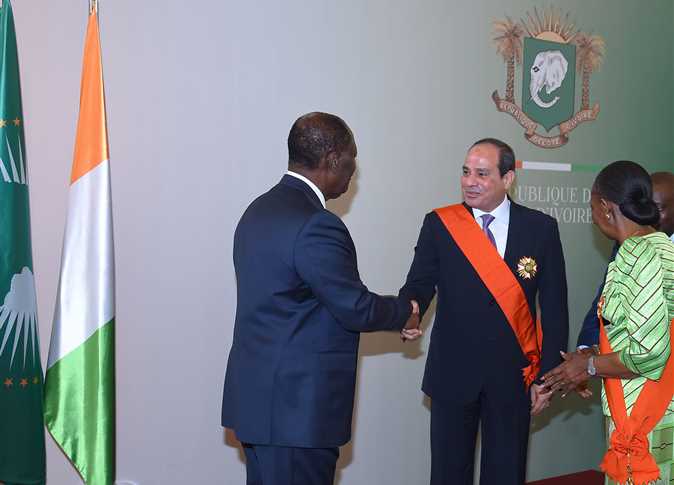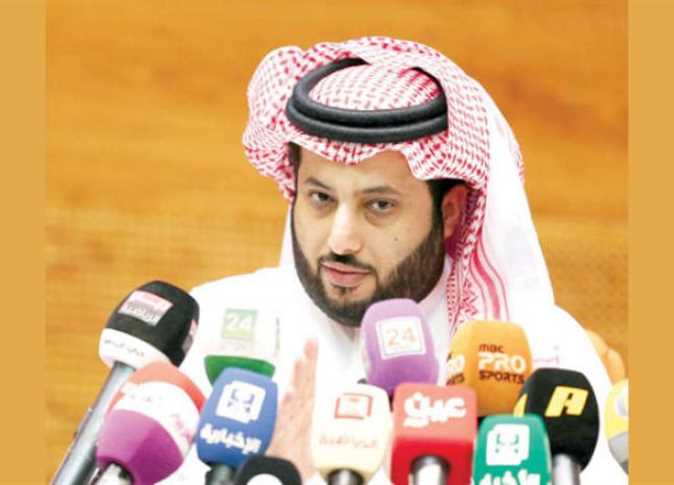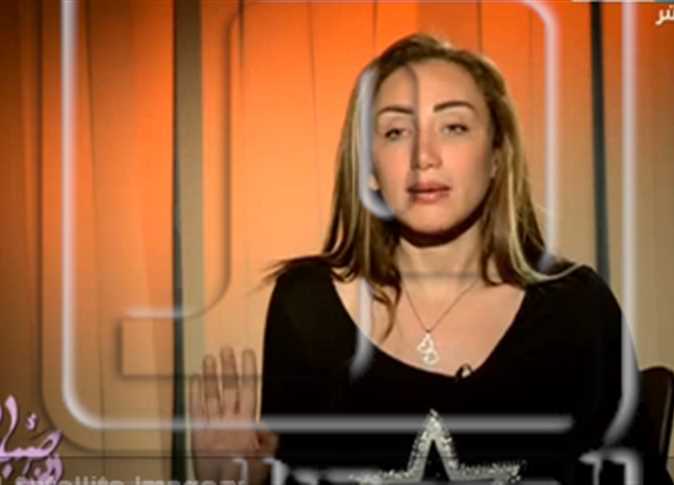I remember when I was ten years old or so I used to see pictures of King Farouk on the first page of daily newspapers, showing him praying in a mosque with senior officials next to him standing in reverence. Other pictures showed him holding rosary beads while meeting with Arab or Muslim visitors.
The king, who had lost elegance and gained weight, had also lost his popularity among the people due to stories about his adventures with women and his alcohol and gambling addiction.
Showing him in pictures while praying must have been a suggestion from his advisers to try and improve his image. He even grew a beard in a sign of piety. And a sheikh once said that he found out after deep research and beyond doubt that the king is a descendant of the prophet, a claim that did not last long because people considered it an undermining of their intelligence.
■ ■ ■
Neither Mohamed Naguib throughout his term nor Gamal Abdel Nasser in the early years of his term needed to use this kind of image improvement because they were popular from the beginning.
It was not before people began to push against the police state in the early sixties that Nasser started this technique. Perhaps launching television was one such political maneuver, especially after the 1967 defeat so as to mitigate its impact on the people.
The following incident I experienced myself on the morning of Friday, 9 June 1967 when I was a young teacher at the Ain Shams University’s Faculty of Law:
We had heard news about the defeat in Sinai on foreign radio channels. Then I received a strange call, unlike any phone call I ever received before or after. It was from an employee of Ain Shams University that I did not know. He told me that the faculty members of all universities are required to assemble at 6pm of the same day in the Grand Ballroom of Cairo University to listen to an important official statement.
I went to the ballroom in time and found it full. We sat in awe and very eager to hear the latest news of the war. The meeting started with a recitation of some verses of the Quran. Then a professor wearing a khaki suit as if he had just arrived from the battlefield told us things that I do not recall now. But I do recall that he was crying and that he warned us not to pick up objects from the street, such a pen or a cigarette lighter, because they might likely be explosive devices placed by the Israelis.
Then came the main part of the meeting. We saw President Nasser on a large screen that was placed on the stage. He looked sad as he started telling us about the defeat, strangely justifying it by saying that they thought the attack on Egypt would come from the west but it came the east. And then he announced his stepping down from office.
Leaving the place deeply disappointed, we were told that buses were waiting outside to take us to the presidential palace to sign the visits logbook. Wondering why, I chose not to go and went home.
Nasser’s sadness that we saw on the screen was moving but not enough to put an end to our anger at the military defeat. We could not forgive him. And the talk in the media about a war economy or economic preparation for another war was nothing but another mitigation attempt, let alone the talk about the advantages of Arab socialism.
■ ■ ■
The next president, Anwar Sadat, never enjoyed the popular love and support of the masses that Nasser had. It was therefore normal that he started to utilize sound and picture more than his predecessor in order to improve his image, for he was fond of his voice and looks. It was said that he wished to become an actor before he indulged in politics.
Sadat was the one who announced the first statement of the revolution on the radio on 23 July 1952. And after he became president, he was keen on choosing eloquent rhetoric, even if it did not have any effect on the people.
Unlike Nasser, Sadat was keen to dress well to the extent that Western media gave him the title of most elegant man in the world. You would see him on one occasion wearing a uniform adorned with colorful badges that suggest he was involved in various battles of war, and on another wearing a farmer’s outfit and talking about rural ethics.
He let the Egyptian media call him the hero of war and peace in reference to the October War and the subsequent peace treaty. Yet all this did not save him from the assassination in 1981 that tragically ended 10 years of his governance in which he did exactly the opposite of what Nasser did.
■ ■ ■
Hosni Mubarak was completely different. He lacked the real leadership traits that Nasser had and the pretend traits that Sadat portrayed. Even after he became president, he kept saying that he was surprised when Sadat appointed him as vice president, meaning he never sought the position. It is therefore amazing that a man like him stayed 30 years in office, twice as much as Nasser and three times as much as Sadat.
He too used the media to improve his image but failed miserably. In his pictures, he looked unhappy and uncomfortable. His expressions implied that he had no confidence in the ability of the people to achieve progress. In fact, he until now does not look any different in his pictures as he sits inside the dock during trial. And I do not know what emotions he is trying to hide behind the sunglasses he wears.
■ ■ ■
After 11 February 2011 there came four presidents that the media of course continued to embellish with sound and picture, sometimes successfully and sometimes unsuccessfully. But whatever the media can do, it cannot replace the real achievements that produce popularity for a president.
Edited translation from Al-Masry Al-Youm




